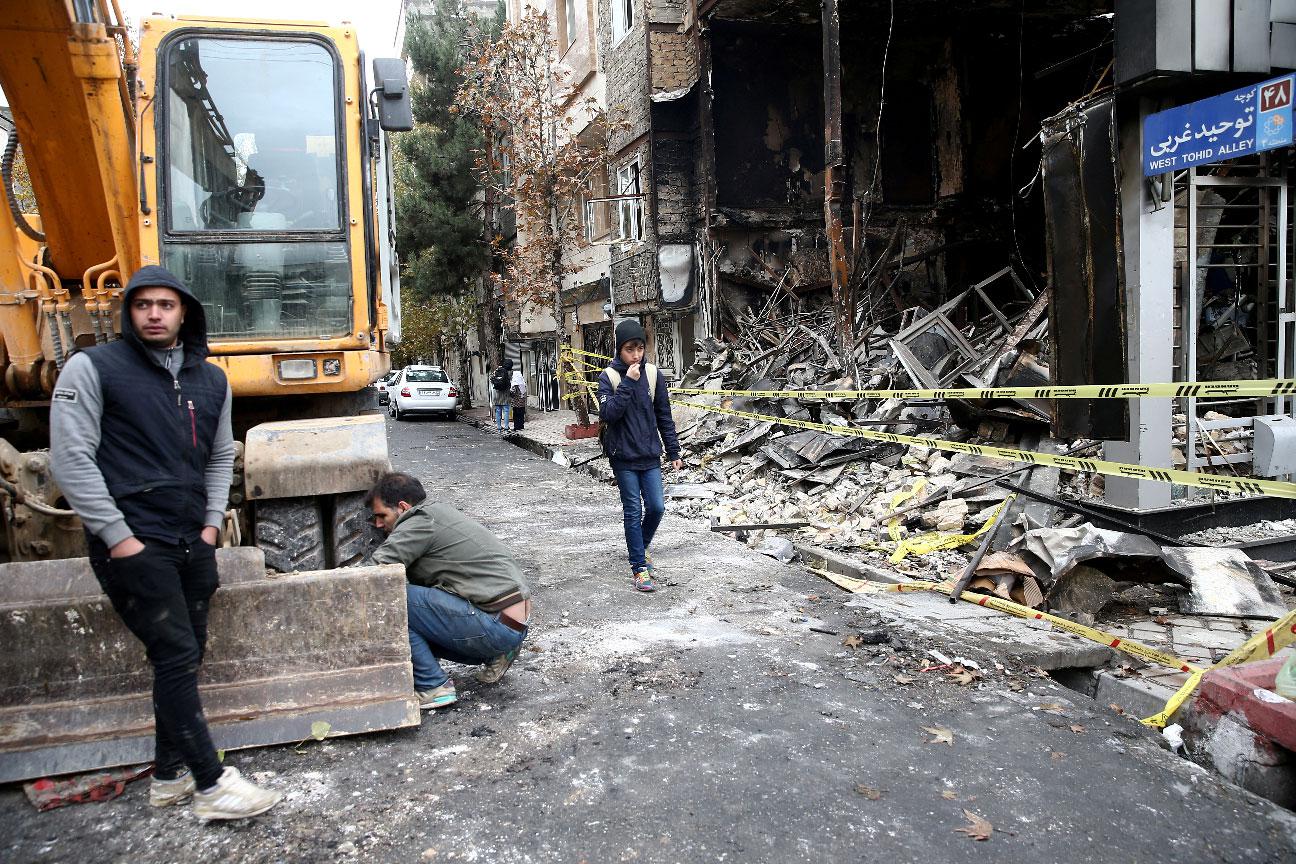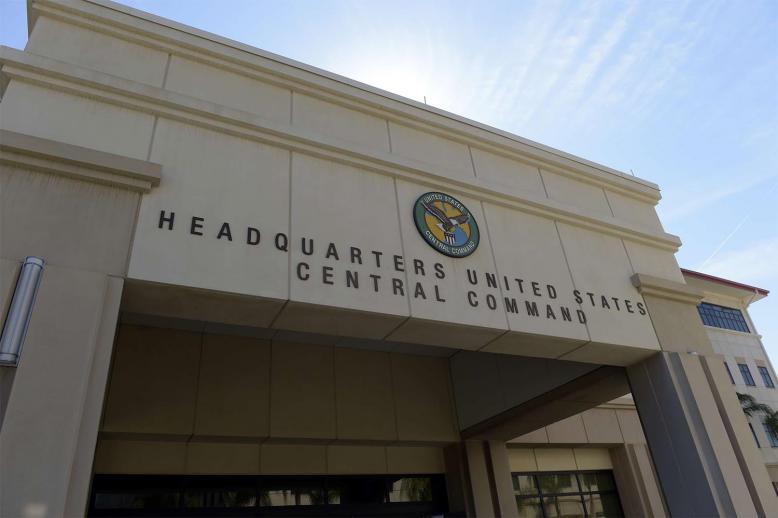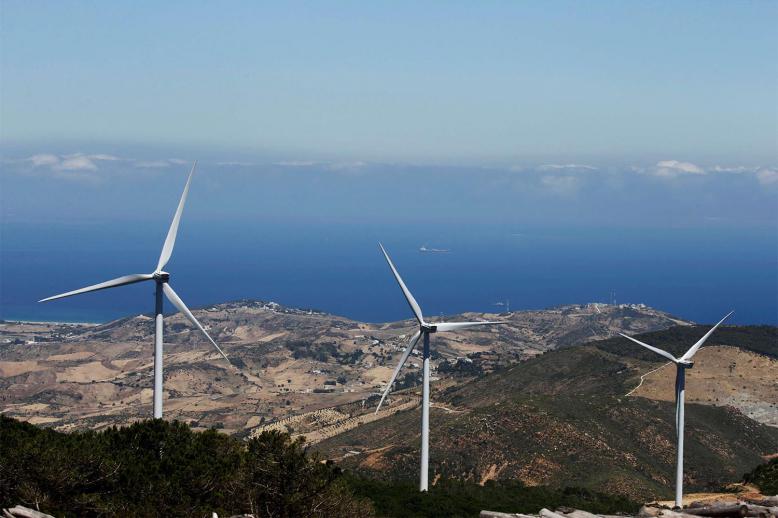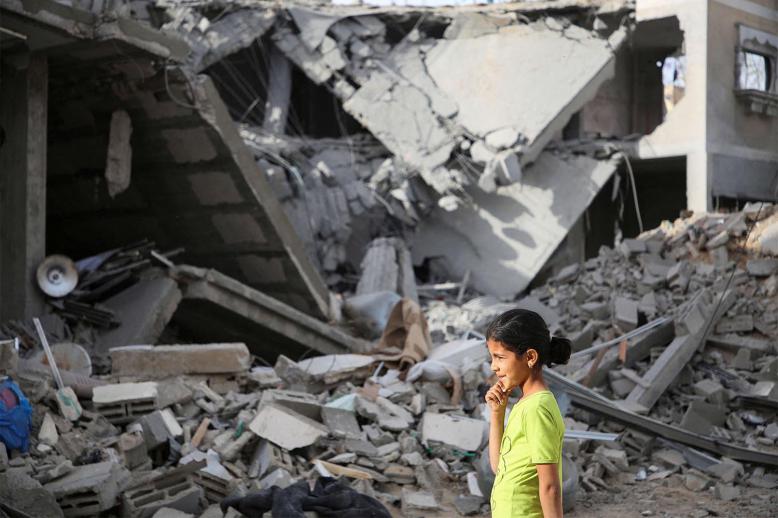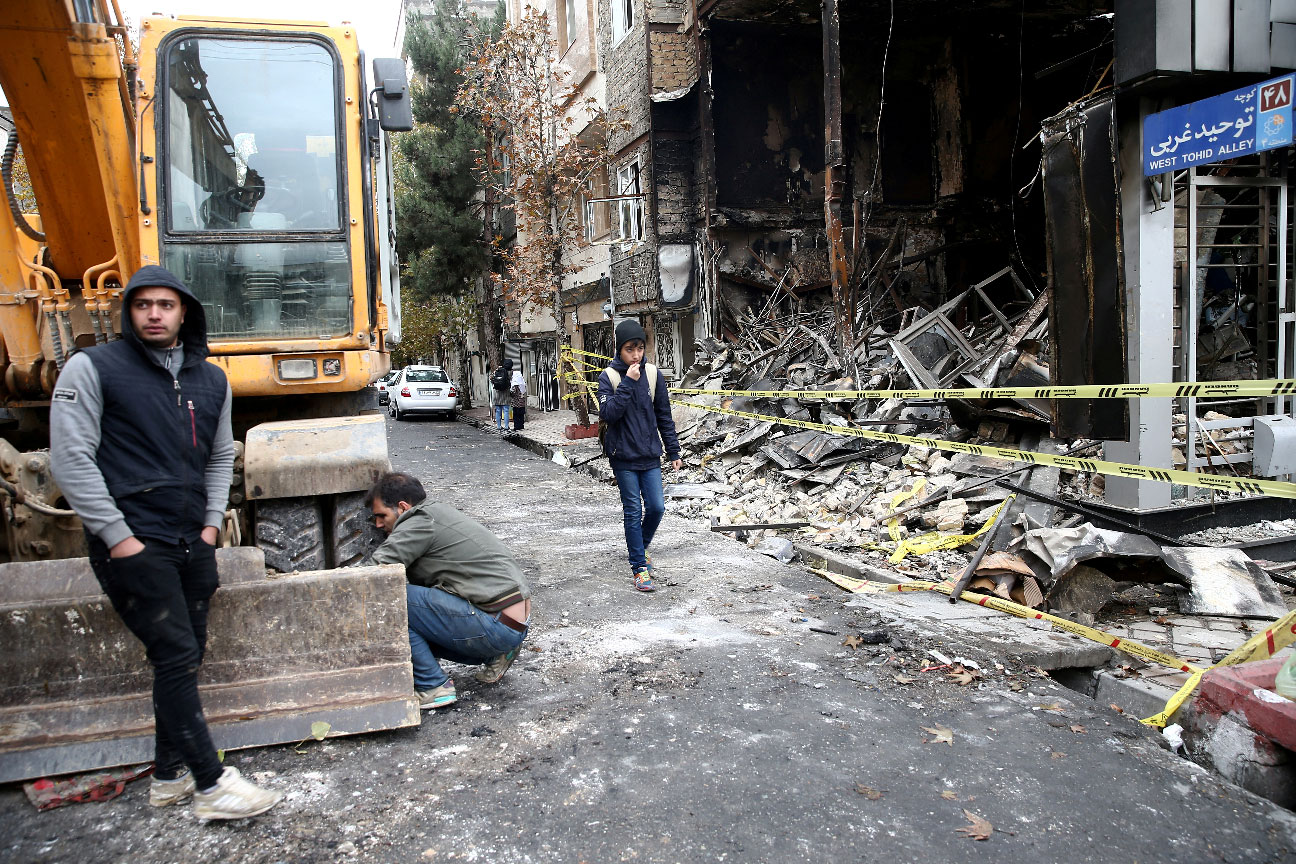Iran videos hit internet revealing scope of crackdown
NICOSIA - Videos showing harrowing scenes of bleeding protesters, burning roadblocks and snipers on rooftops have emerged after Iran lifted a near-total internet blackout, opening a window onto what analysts say was one of Tehran's bloodiest crackdowns.
The unrest began on Nov. 15 after the government abruptly raised fuel prices - a heavily subsidised commodity in one of OPEC's largest producers - by as much as 300%, as part of an effort to ease pressure on the sanctions-hit economy.
Protests rapidly spread to over 100 cities and towns and turned political with young and working-class protesters demanding clerical leaders step down - but the demonstrations were snuffed out by a brutal security crackdown.
Iranian authorities confirmed for the first time on Tuesday that security forces shot dead demonstrators during what rights groups have said was the deadliest anti-government unrest since the 1979 Islamic Revolution.
State television acknowledged killings of protesters, without giving figures, some hours before US President Donald Trump said Iran "is killing perhaps thousands and thousands of people right now as we speak".
Iranian state TV said: "Rioters were armed with knives and weapons. They had taken people hostage by closing all roads in some areas. Security forces had no other choice but to firmly confront them...and rioters were killed in clashes."
The repression "was harsher" than during previous protests in Iran, Kamran Matin, senior lecturer in International Relations at Sussex University in Britain, told AFP news agency in Nicosia.
"All the videos I have seen from before the internet was shut down show that from the moment of the gathering of people to 'shoot to kill' was very short."
But global insight into the protests and most Iranians' access to those outside the country was quickly cut off when authorities clamped down on internet access, according to NetBlocks, which monitors internet disruptions.
Shaky footage
As the internet was gradually restored a week later - with supreme leader Ayatollah Ali Khamenei saying a "very dangerous conspiracy" had been foiled - a picture of events began to emerge piecemeal.
Many videos from some of the estimated 100 areas where demonstrations erupted appear to show security forces firing at close range at unarmed demonstrators or beating them with batons.
Shaky footage shows bloodied people prone on the street, shouts and panicked screaming as others rush to their aid.
Crowds can be heard chanting slogans against the security apparatus and the ruling elite, venting frustrations over high inflation and unemployment.
Iran "has never felt so hopeless and sad", said one Iranian living abroad who was in the country during the unrest, asking not to be named.
Shops, banks, petrol stations and police cars were torched, while major traffic arteries were blocked with tipped dumpsters and burning tyres.
In one video from an eastern Tehran neighbourhood verified by London-based rights group Amnesty International, a cluster of security forces rush out from behind a building, firing at demonstrators in the street.
Another shows several gunmen in dark uniforms repeatedly firing at people from the roof of a government building in Javanrud, west of Tehran in Kermanshah Province.
Ethnically Kurdish western areas and majority ethnically Arab Khuzestan province were initial sites of unrest, Matin said.
'So many what-ifs'
Amnesty researcher Raha Bahreini said in a New York Times Op-Ed that authorities have used excessive force in the past against peaceful protesters. "What we've seen this time though is an unprecedented use of lethal force against unarmed protesters".
Amnesty says 208 people are now believed to have died, with the actual figure expected to be much higher.
Iran's judiciary had on Tuesday rejected as "utter lies" unofficial casualty figures from abroad, saying they were being spread by "hostile groups".
Authorities have said five people were killed and have announced more than 500 arrests, including some 180 "ringleaders", blaming the unrest on "thugs" backed by outside enemies, including archfoes the United States, Israel and Saudi Arabia.
But even with careful verification, building a full picture of what happened remains challenging.
Nick Waters of investigative group Bellingcat said it was possible old images from previous protests were being recirculated.
"Right now there's a load of content coming out at the same time, which makes it more difficult to verify because you don't have as good a view of the contextual information," he said.
"You're not seeing the whole picture," said Nazila Fathi, author of "The Lonely War: One Woman's Account of the Struggle for Modern Iran".
"You're just seeing what's in front of the camera, so it's really hard to put it in numbers. How many people are there, how they were instigated... what if they are older videos. There are so many what-ifs."
'Can you hear us?'
According to Amnesty, "families of victims have been threatened and warned not to speak to the media".
Some are still doing so, such as the family of Pouya Bakhtiari, one of those confirmed dead by the rights organisation.
Videos sent to US-based activist Masih Alinejad by the family start with a warning. In a morgue, someone unzips the body-bag to expose Bakhtiari's corpse, showing where he was apparently shot in the head.
But for many others, the fear of reprisals is an effective deterrent.
Journalist Mohammad Mosaed was reportedly arrested after he circumvented the blackout to tweet: "Hello Free World! I used 42 different proxies to write this! Millions of Iranians don't have internet. Can you hear us?"
Kaveh Azarhoosh, senior researcher at Small Media, which monitors access to information and digital rights in Iran, said many Iranians were likely fearful of directly posting videos, often opting to send them to journalists and activists abroad.
"The policy-making establishment has realised that you cannot control online behaviour by just controlling online connectivity, there has to be an element of offline fear as well," he said.

